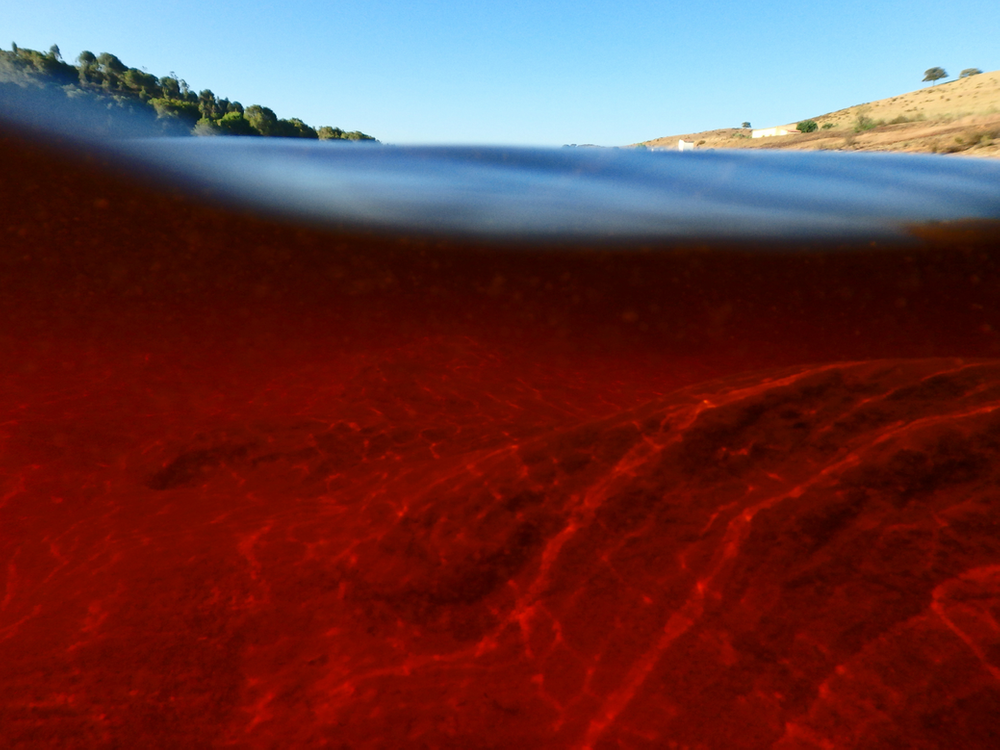Ice vs Heat for Injuries
Have you ever received conflicting advice from two or three different medical professionals? One of the most common conflicts I find in the medical world today is wheather an injured paitent should ice or heat? Previously the common thought was that ice is critical for helping an acute injury or a chronic one. Inflammation causes swelling and ice helps with that hot inflammation, right?? Not always. Think of heat like lava, it moves blood, vasodilates your blood vessels, meaning it makes them bigger. Ice, on the other hand, decreases blood circulation, it vasoconstricts, meaning it keeps blood vessels small and it decreases the amount of blood that gets through. Both Ice and heat stimulate tiny receptors in our skin which sends a signal to our brains to help stimulate more endorphins and pain-relieving substrates.

When you injure yourself there is a simple yet complicated process called “The Current of Injury”. Think of the “current” as a wave or river current. A plethora of blood cells and other types of peptides and cells are sent to the area that has been injured. Imagine a building has collapsed and you're inside - you’re not sure if its a bomb, faulty construction, a large vehicle that crashed into the building, and you have no idea how many people are in that building. So ambulances, fire trucks, police officers and paramedics rush to the scene to help. This is what happens with the Current of Injury. A whole variety of helpers are sent to the area to check it out and start the repair process. Just like a crime scene, the area is roped off in case of foreign invaders.
Your body forms a physical barrier with its blood cells and platelets that protects the rest of your body from getting a widespread infection. If an infection occurs at the site of the injury and it gets into the bloodstream it can cause sepsis which can be a deadly whole-body infection. Luckily, the body is brilliant and it can prevent this. Swelling often occurs because of the huge “current” of blood cells helpers. This is a great time to use ice. Ice helps with the pain and prevents blood from getting out of that area. Ice can help numb the pain too from the endorphins it stimulates. After 24-72 hours your body should have had a very generous start to healing the injured area. This is the best time to use heat. Once any possible infection is mitigated, you want the cleanup crew to come in. First, the police round up the bad guys, an assessment is made, now that the threat is clear, we have to clean up. The cleanup crew comes from both red and white blood cells to shuffle out the debris and they also provide cells that help patch up the damaged spots. Increasing blood circulation helps with this process because we need fresh, healthy, oxygenated blood flow.
Heat is a great option after swelling has decreased and especially with bruising! We often think if there is a bruise you should put ice on it. A bruise is just dead, un-oxygenated blood that has pooled. So getting fresh blood to shuttle out the dead blood will resolve that bruise faster. Humid heat is much more effective than dry heat. Meaning a steam room is better than a sauna in the case of an acute injury. For chronic pains and problems with or without a previous injury, I almost always suggest heat. Do you have a stiff lower back all the time? Don't ice it, heat it up daily!
The only exception to this is Gout. Gout is a very specific disease where a person has high Uric Acid which we test for. The high Uric Acid causes tiny little glass shard-like crystals usually in joints. This causes hot, inflamed, swollen, and painful joints. Ice helps with the pain and swelling. Although heat can shuttle in fresh blood so I do advise to heat occasionally if it doesn’t cause a poor reaction. For arthritis, an old injury, or just a sore muscle, I always suggest heat. The only way your body can get the good stuff to that area is to let it in with increasing the blood circulation.
So in conclusion, there is no ice vs heat. Both serve their own important role in the healing process. If ice is used improperly it can delay the healing process. If heat is used improperly it can delay the heating process. If ice and heat are used properly in conjunction they are both extremely beneficial.

When you subscribe to the blog, we will send you an e-mail when there are new updates on the site so you wouldn't miss them.
Comments